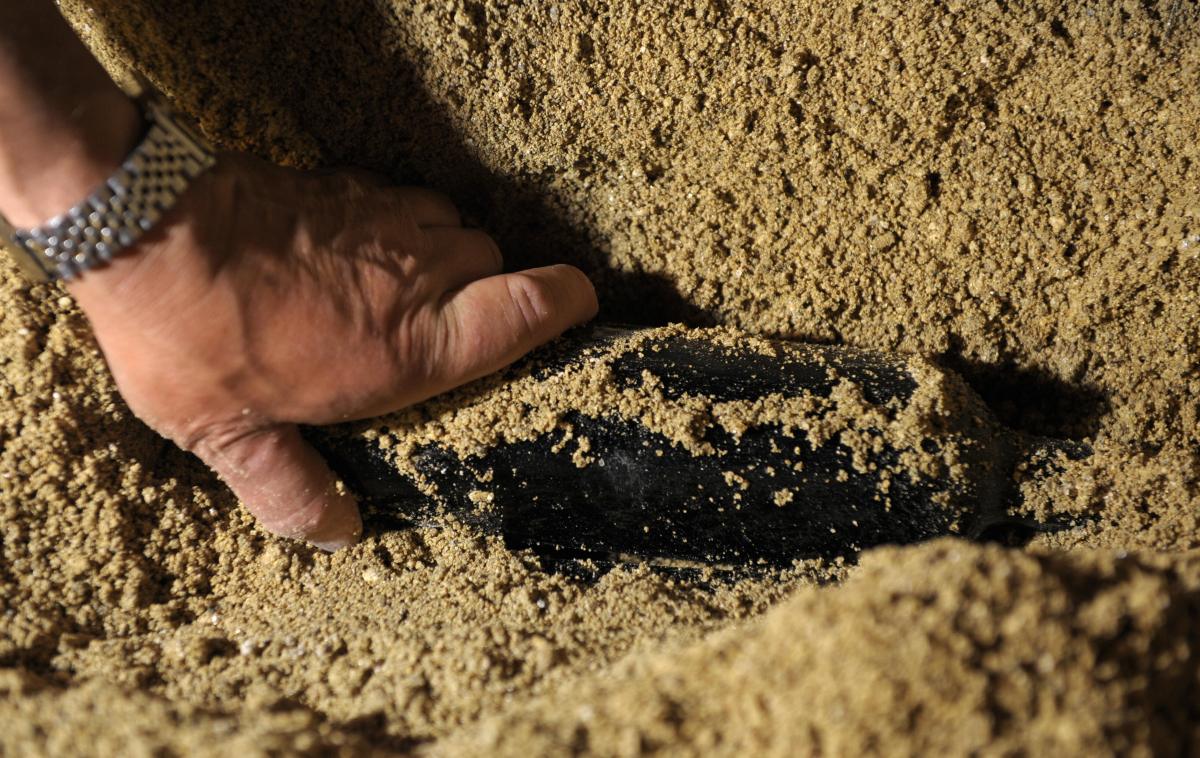During the French incursions into Portugal in the 19th century, the people of Boticas went to great lengths to keep their wine out of enemy hands. To protect their precious vinho, they rushed to their cellars before the advancing Napoleonic armies arrived and buried every last bottle in the gravel underneath the barrels. Though the French went on to conquer Porto, they didn’t stay long. Napoleon’s final invasion began in 1810 but by March 1811, his army had retreated to Salamanca, Spain, never to be seen again. In the wake of his retreat, Portugal was left facing multiple crises, as they coped with a tremendous loss of lives and catastrophic damage to agriculture, industry and commerce.
In Boticas, though, they were astonished to dig up their wine and realize that storing their wine in the low temperatures and darkness had in fact, improved the taste of the grape. The resulting wine was lighter, fruitier and a little fizzy. This type of drink became a tradition in the town. They began to call it the “Wine of the Dead,” as a nod spent to all those months buried in darkness.
Thanks for reading InsideHook. Sign up for our daily newsletter and be in the know.


















